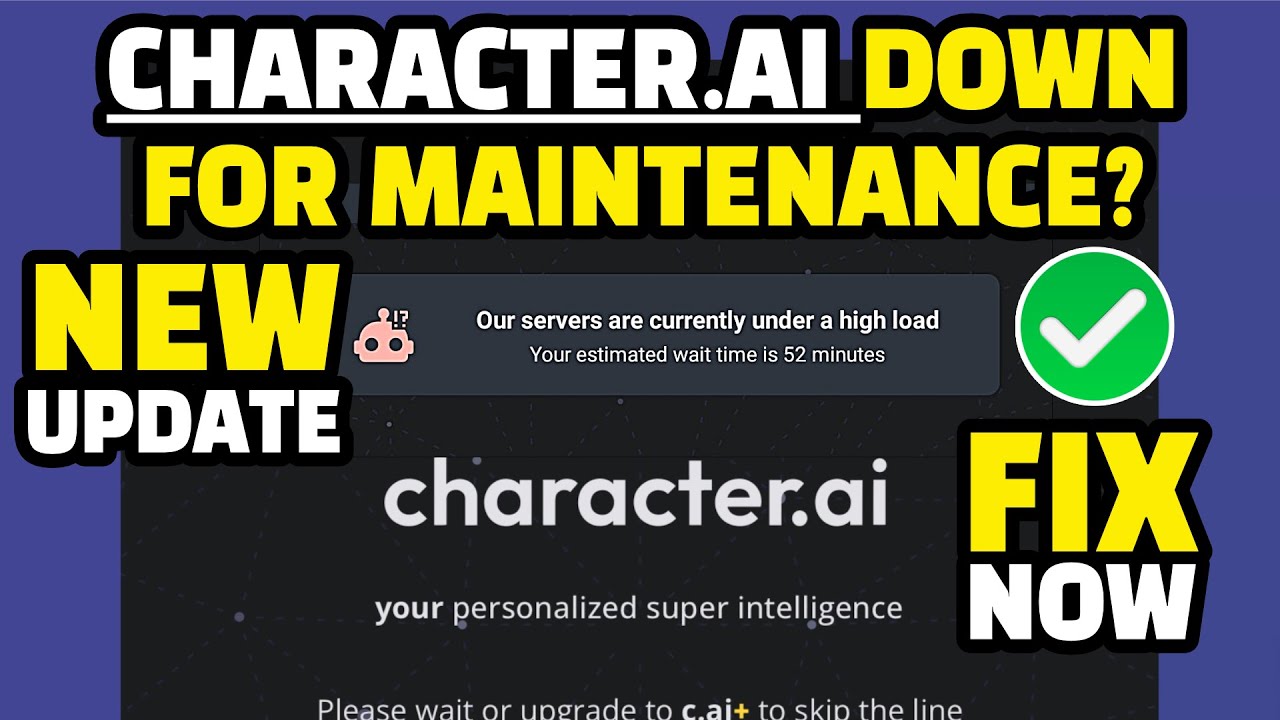
Why AI Models Require Regular Tune-Ups
As we navigate the increasingly complex landscape of Software and Artificial Intelligence (AI), the analogy of a car in need of maintenance feels undeniably accurate in understanding the demands placed on modern Large Language Models (LLMs). Just like a vehicle that charges forward only when properly tuned, our AI systems must also operate efficiently to handle the diverse tasks they are assigned. The connection between AI model maintenance and vehicle upkeep is not just whimsical; it evokes a critical insight into the operational health of our digital tools.
 The intricate mechanics of LLMs and their upkeep.
The intricate mechanics of LLMs and their upkeep.
Driving the analogy home, developing a business or a product utilizing an LLM demands a level of diligence akin to that of a skilled mechanic ensuring every engine component is functioning at peak performance. In our software-driven excellence, the necessity for maintenance can often be overlooked. We tend to assume that once systems are in place, they can operate autonomously, free from ongoing scrutiny. However, just like cars that begin to show wear and tear after extensive use, our AI systems also need regular evaluations and adjustments.
Introducing the Cascade Model with Mixture of Thought
Delving deeper into maintaining LLMs, Subir Mansukhani, a respected data scientist from Domino Data Lab, points to a revolutionary framework known as Model Cascade with Mixture of Thought (MoT). This sophisticated system adopts a dual approach, categorizing queries based on their complexity. Simple questions are directed to less robust, less expensive models, while challenging inquiries are escalated to more capable LLMs. This cascading effect ensures an economical use of resources, preserving both time and financial investment.
The flexibility offered by Model Cascades could be described as an agile vehicle whose gears shift seamlessly to enhance performance without causing a financial overdrive. Just like modern cars that feature smart dashboards indicating when service is due, AI applications powered by controlled model cascades can promote efficient scaling and allocation of AI resources.
 Cascading models for improved response times.
Cascading models for improved response times.
The Practical Challenge of Consistency
The key hurdle when implementing this cascading technique is determining whether an LLM’s response suffices without requiring further escalation. The collaborative effort from researchers at George Mason University, Virginia Tech, and Microsoft birthed a groundbreaking study titled Large Language Model Cascades With Mixture of Thought Representations for Cost-Efficient Reasoning. Through their work, they introduced a mechanism capable of evaluating an LLM’s output while avoiding unnecessary model engagement, ultimately reducing operational costs.
According to their findings, the Mixture of Thought approach employs two models: GPT-3.5 Turbo, reserved for simpler queries, and GPT-4, utilized for more intricate demands. The crux of this method lies in securing ‘answer consistency’—a principle ensuring repeated questions yield similar outcomes. Thus, if the responses from the weaker model exhibit consistency, the need to activate the stronger model dissipates, which represents a strategic victory in resource management.
Enhancing Reasoning Capabilities
The researchers further innovated techniques such as Chain of Thought (CoT) and Program of Thought (PoT) prompting. These techniques not only refine the models’ reasoning capabilities but also bolster the accuracy necessary for complex tasks. CoT encourages the models to walk through their reasoning processes, while PoT provides an extra dimension by producing outputs resembling programmatic logic. Integrating these methodologies leads to superior performance in executing complex analytical tasks with minimal associated costs.
 Enhanced reasoning models working together.
Enhanced reasoning models working together.
Performance Metrics: Cost-Efficiency and Reach
The metrics singled out by the Domino team spotlight two significant methods for gauging answer consistency: voting and verification. Voting gathers multiple responses at a high-temperature setting, scrutinizing their uniformity to pinpoint the most reliable answer, while verification leans on cross-examination of various output types to reinforce the decision-making process. A notable finding from their study illustrated that leveraging Mixture of Thought in conjunction with voting and verification leads to performance capabilities akin to those of employing solely GPT-4, but at merely 40% of the associated costs. This juxtaposition strongly speaks to the potential demand for LLM methodologies that afford significant savings without sacrificing quality.
Embracing the Future of Generative AI
Entering its second year in a much-deserved limelight, generative AI is on a precipice. As these innovations become mainstream, leaders in IT and AI are faced with the pressing need to assess and validate the value derived from these advanced implementations. The perennial question remains: Does it generate revenue? Efforts to curtail costs while amplifying reliability in model performance are pivotal for garnering support for forthcoming endeavors and fostering widespread adoption of Gen-AI technologies.
By harnessing LLM Cascades with MoT, a landscape rich with opportunity emerges where the promise of cost savings aligns with performance enhancements. As we embrace these technological advances, we must also recognize that they demand an entrenched commitment to model tuning, a process likened to the meticulous care bestowed upon our most relied-upon vehicles.
In the world of AI, it’s time to start our engines and explore the exciting road ahead.















